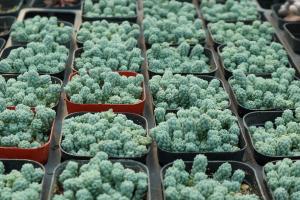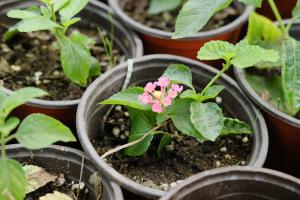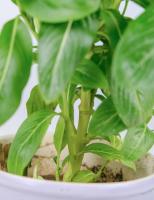Where to Plant Fig Trees in North Carolina
Fig trees are a popular fruit tree in North Carolina due to their delicious edible fruit, easy maintenance, and adaptability to various climates. However, planting a fig tree in the wrong location could result in poor growth or even death of the tree. In this article, we will explore the best locations to plant fig trees in North Carolina.
Climate Requirements
Fig trees are a Mediterranean species and require a warm and dry climate for optimal growth. In North Carolina, fig trees thrive in zones 7-9, which covers most of the state. They prefer a minimum of six hours of direct sunlight each day and can tolerate both drought conditions and high humidity. However, frost and freezing temperatures can damage fig trees, making it essential to provide adequate protection during winter months.
Soil Requirements
Fig trees grow best in well-draining soils with a pH range of 6.0-6.5. They can tolerate a range of soils, but it is essential to avoid soils that are heavy clay or hold excessive moisture. Adding organic matter such as compost or aged manure will improve soil structure and enhance nutrient availability for the tree. It is also crucial to ensure adequate drainage, as waterlogged soils can cause root rot and reduce tree growth.
Location
The ideal location to plant a fig tree is in a sunny spot with well-draining soil. The area should be protected from strong winds and cold temperatures, especially during winter months. Fig trees can grow up to 20 feet tall and wide, depending on the variety. Therefore, it is essential to choose a location with enough space for the tree to mature fully. Fig trees also benefit from being planted near a wall or building that can provide some warmth and protection from frost.
Planting and Maintenance
The best time to plant a fig tree in North Carolina is in the spring after the last frost. Dig a hole that is twice the size of the root ball, add organic matter to the soil, and backfill around the tree. Water the tree well after planting and continue to water regularly, especially during dry periods. Fertilize the tree annually in the early spring with a balanced fertilizer. Prune the tree in late winter or early spring, removing any dead or diseased wood and shaping the tree to enhance airflow and sunlight penetration.
Conclusion
Fig trees are an excellent addition to any garden or landscape in North Carolina, providing delicious fruit, easy maintenance, and adaptability to various climates. By choosing the right location and properly maintaining the tree, you can enjoy a bountiful harvest of figs for years to come.

 how many times do yo...
how many times do yo... how many planted tre...
how many planted tre... how many pine trees ...
how many pine trees ... how many pecan trees...
how many pecan trees... how many plants comp...
how many plants comp... how many plants can ...
how many plants can ... how many plants and ...
how many plants and ... how many pepper plan...
how many pepper plan...






























